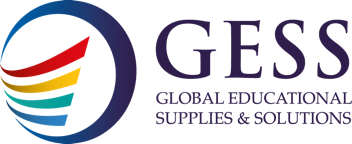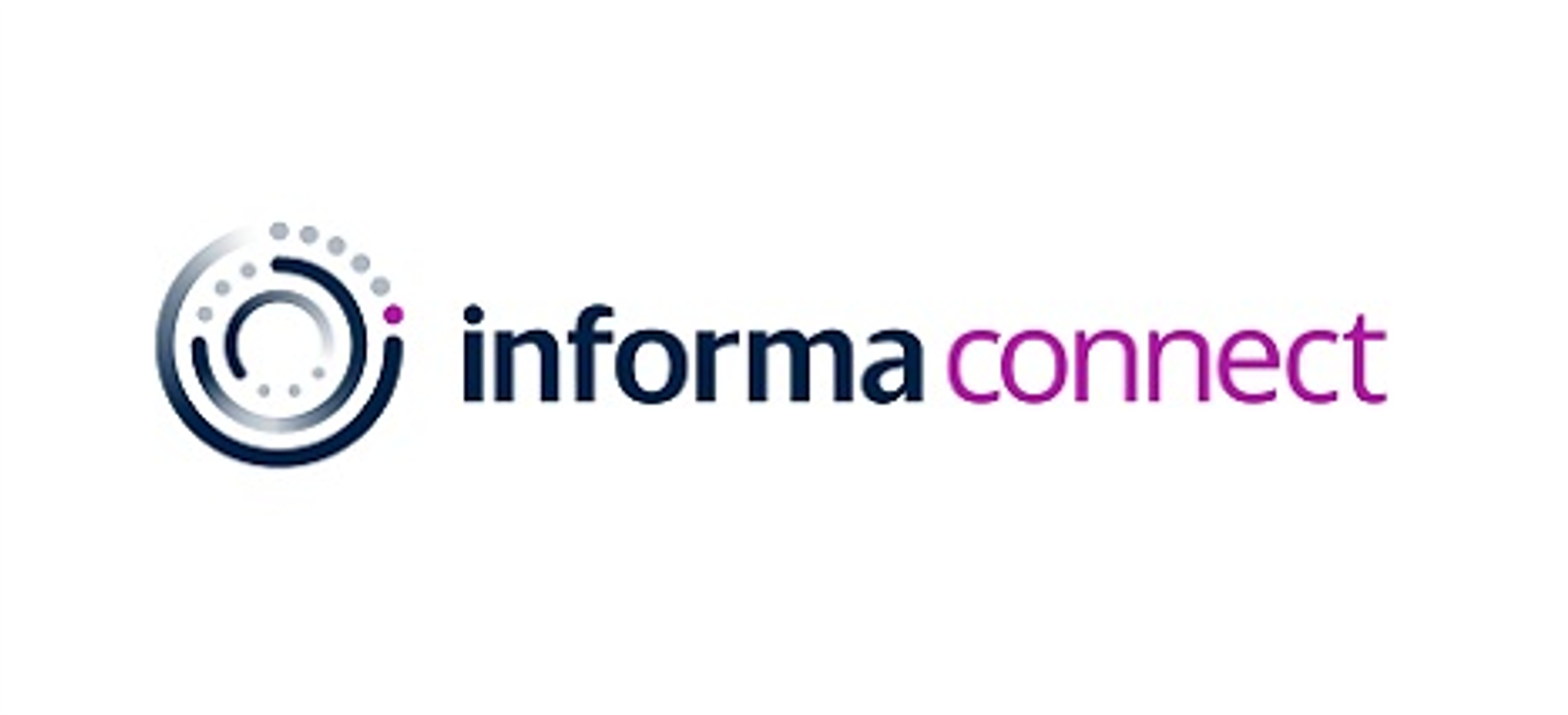In the McKinsey Global Teacher and Student Survey conducted by McKinsey & Company in 2022, students in the Middle East showed a general trend of struggling with their studies. Students in the region scored around 20% lower on well-known tests than the 38 country members of the Organization for Economic Co-operation and Development (OECD), a global policy forum aimed at improving policy standards and economic growth.
Factors contributing to the gap include unequal access and poor educational outcomes in countries affected by war, economic collapses and political conflict.
The research cited four ways for leaders in the education scene to improve life for students, teachers and institutions such as enhanced teacher quality to improve student outcomes, technology, whole-child education, and creating pathways for lifelong learning.
We’ve also gathered some insights from experts in the field of education on how to bridge the gap of education disparity in the Middle East – here are some of their suggestions on how leaders can strengthen the region’s learning eco-system.
Invest in Education, Collaborate and Foster a Positive School Culture
For Managing Director of 21 Ten Learning Stephen Cox who has 16 years of experience working in the region, a Western model of educational reform may be used as a hypothesis and to take culture in the Middle East in consideration in providing strategies to improve education.
Mr. Cox suggests providing resources such as funding, technology, and materials to support student learning and teacher professional development by investing in textbooks, digital tools, and teacher training.
His second point involves encouraging collaboration. “Leaders can foster collaboration among teachers and students by creating opportunities for group projects, team-building exercises, and interdisciplinary learning. This can help create a sense of community and encourage students to work together towards a common goal,” Mr. Cox said.
The third suggestion is to foster a positive school culture by establishing anti-bullying policies, encouraging diversity and inclusion, and recognizing and celebrating the achievements of students and teachers.
Teacher autonomy can help empower educators on decision-making about the curriculum, teaching strategies, and classroom management.
“This can help foster a sense of ownership and engagement among teachers, which can ultimately benefit student learning,” Mr. Cox said.
Lastly, emphasize personalized learning by understanding students’ needs based on their unique learning needs and strengths. Strategies for personalized learning include one-on-one tutoring, differentiated instruction, and personalized assessments.
The value of Teacher Quality and Conducive Work Conditions
School Wellbeing Accelerator CEO Mark Solomons noted enhanced teacher quality as “the most important of the 4 points,” adding that leaders are to consider the wellbeing and the culture and working conditions created for teachers.
“This means all teachers, and all those that support them, can thrive and therefore deliver their best work,” Mr. Solomons said.
The teacher-founded charity Teacher Development Trust (UK) conducted a study in 2022 where they reviewed 30 papers on teachers’ working conditions. It found there is a consistent relationship between the quality of teachers’ working conditions and student attainment.
School leaders play a crucial role in “creating a culture of mutual trust, respect and enthusiasm in which communication is open and honest,” and “building a sense of shared mission, with shared goals, clear priorities and high expectations of professional behaviours and of students’ learning.”
The vital role of Teacher-student interaction and Technology
Dr Helen Wright, an international education advisor and leadership coach who works extensively with Boards and school leaders across the Middle East region, highlighted the importance of teacher-student interaction and technology.
“One of the key messages to emerge from this report, which focuses on how education on the Middle East region can continue to improve, is the importance of educators being able to spend more of their time in direct interaction with students. Time spent by teachers with students rather than on administrative tasks allows for the development of the depth of relationships between teacher and student which has been proven to be one of the most effective means of ensuring student learning, and it is important to prioritise this in schools.”
Technology, Dr Wright also noted, plays a key role.
“Technology is a key enabler in this respect; what school leaders also have to remember, however, is that it requires a mindset shift in order for schools to embrace technology in a way that really frees up teachers to teach. Simply moving data collection or report writing online may help standardise processes, but it does not necessarily save time. Thinking adventurously and ambitiously about the use of technology - ‘in the moment’ videos to capture progress, for instance, or the use of AI to connect with parents - could be a game changer in schools, and allow teachers really to focus on facilitating learning. Let’s embrace this in schools,” concludes Dr Wright.


